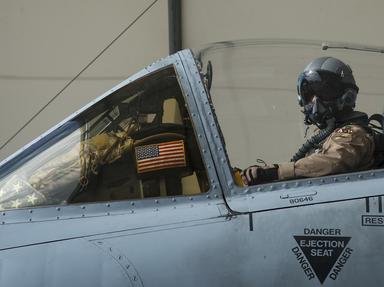Quiz Answer Key and Fun Facts
1. The US Army Air Service was born from the aviation section of which branch of the US Army?
2. Recruited mainly from American volunteer pilots, how was Escadrille N124 of the French Air Service better known?
3. From April 1917 onwards, most of the newly formed air squadrons of the US Army were based in which US state, whilst building up their personnel and completing basic training?
4. Upon disembarking in France, which base became the main transit and training depot for the newly arrived US squadrons?
5. The French-built Nieuport 28 was the main equipment of the first US Pursuit Squadrons, but it was not very popular with most who flew it. What was the reason for this?
6. On 14th April, 1918, Lieutenant Douglas Campbell became the first American flying with the US Army to achieve what?
7. From the summer of 1918, which fighter aircraft became the most numerous type for the US Pursuit Groups?
8. Eddie Rickenbacker, the highest-scoring American ace, was already well-known before he joined the US military. In what field was he famous?
9. In April 1918, the Toul sector, where the US Air service was first deployed, was a very busy sector, and the American squadrons were in constant action within days of taking up their positions.
10. Which aircraft did NOT form the equipment of the American bombing and observation squadrons in France?
11. Which key figure in American military aviation was the commander of the 1st Air Brigade, and was later to become famous as an aviation leader?
12. The American ace, Lieutenant David Putnam, shot down 29 aircraft (three more than Rickenbacker), but he is not remembered in history as the highest-scoring American fighter pilot. Why is this?
13. What was unique about the American fighter ace, Lieutenant David Ingalls?
14. The 94th Aero Squadron was the highest-scoring and most famous American unit. What was the squadron's nickname, taken from its distinctive fuselage emblem?
15. The last German aircraft to be shot down by an American fighter was on which date?
Source: Author
Plumbus
This quiz was reviewed by FunTrivia editor
trident before going online.
Any errors found in FunTrivia content are routinely corrected through our feedback system.
